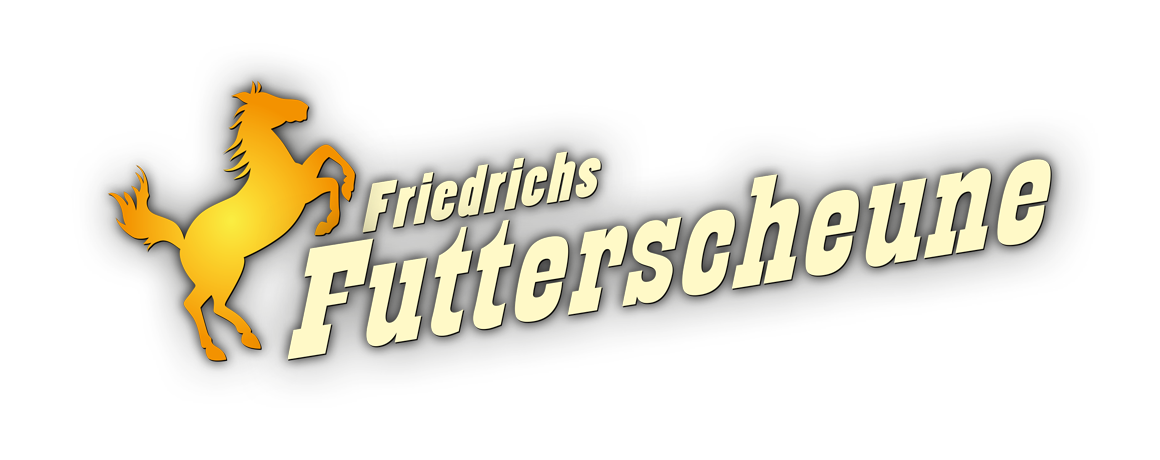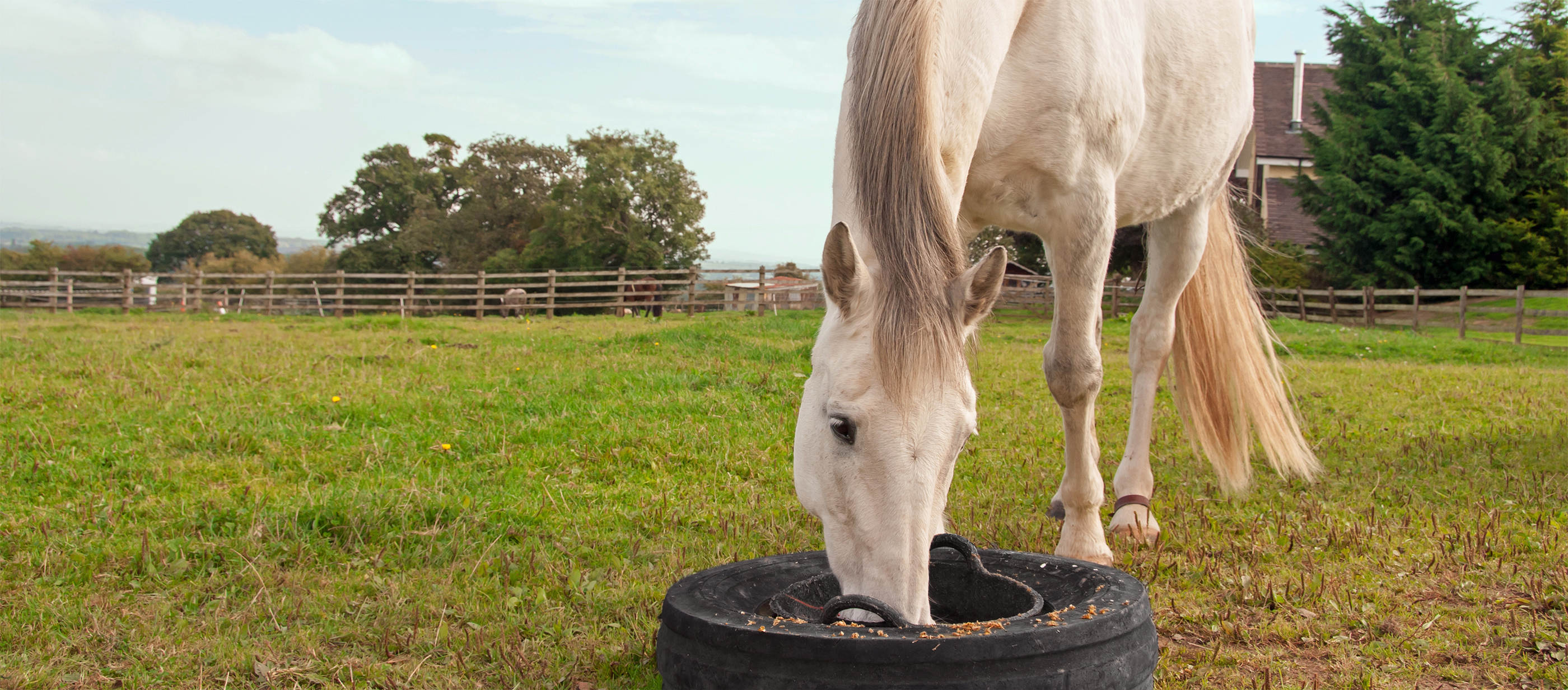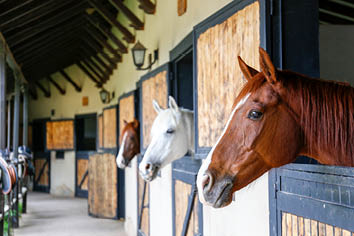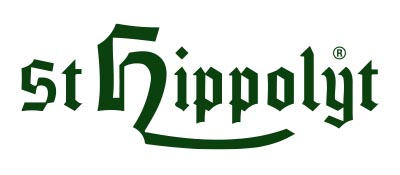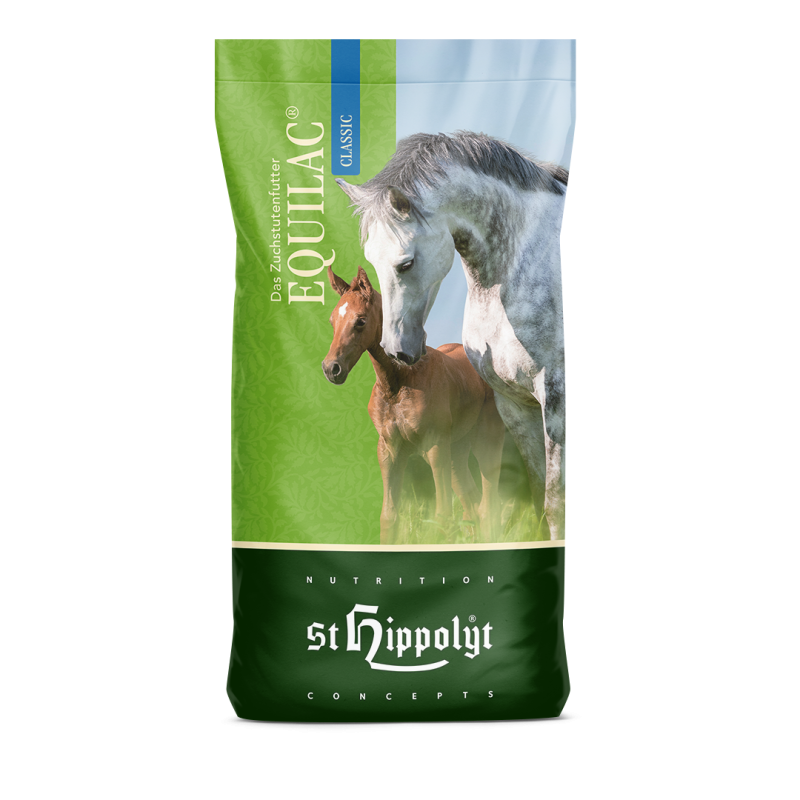
-
Brands
- Agrobs
- Ballistol
- Carr & Day & Martin
- Cavalor
- Charline
- Doskar4Equi
- Dr. Weyrauch
- Effax
- Effol
- Eggersmann
- Ewalia
- Fixkraft
- Gladiator Plus
- Höveler
- Huföl
- Josera
- Kanne
- KERBL Stallbedarf
- KevinBacon's
- Leovet
- Marstall
- Mühldorfer
- Nature´s Best/ Derby
- Nösenberger
- Pavo
- Starhorse
- Steinkraft
- Stiefel
- St. Hippolyt
- TopTeam
- WildHorse
- weitere Marken
- Horse feed
- Treats
- Care
- Bedding
- According to needs
- Stallbedarf
- Stable pharmacy
- Leather care
- Dog & Human
- Food recommendation
€30.75*
Available, delivery time: 1-3 days
Due to the weight of the product, additional shipping costs of €3.90 per item will be charged.
Barley flakes, maize germ, lucerne chaff, oat husk bran, barley germ, oilseed mixture (linseed, sunflower seeds, fennel seeds, black cumin seeds) 6.6 %, wheat bran, beet fibres, apple fibres, maize flakes, herbs (peppermint, coriander, hibiscus, aniseed) 2.8 %, oat flakes 2 %, apple syrup, hot-air dried grass chaff, seaweed meal, pea protein, salt, calcium carbonate (marine and mineral), cold-pressed oil mixture (linseed, sunflower, maize germ, black cumin oil) 0.8 %, brewer's yeast, carrots, dicalcium phosphate, magnesium acetate
Product information "St Hippolyt Equilac Classic 25kg"
St. Hippolyt Equilac Pellets provide the mother mare with all the necessary vital nutrients and high-quality proteins during pregnancy and lactation. With the right nutrition for the mare during pregnancy and lactation, the decisive basis can be created for the foal to become a healthy leisure and sports partner.
Feeding fertility:
The feed ration should contain a high vital substance content, but at the same time a moderate energy value, three months before the planned mating date. The ability to conceive is improved by supplementing with St. Hippolyt "ß-Carotin", trace elements ("Micro Vital") and nucleotides ("High Performer"). After mating, care should also be taken to ensure that the feed is rich in micronutrients but adapted to energy levels. From the last third of pregnancy, a switch to Equilac broodmare feed is recommended.
Nutrients for two:
Equilac broodmare feed, enriched with high-quality protein, is based on years of experience in thoroughbred breeding, but is suitable for all horse breeds. It not only contains an optimised protein/energy ratio, but also all the minerals, trace elements and vitamins that the growing foal needs for optimum development. Brewer's yeast, sprouted grains, numerous marine components and other vital substances complete the recipe.
- Balanced protein-energy ratio
- With herbs, seaweed, oils and oleaginous fruits
- Rich in essential amino acids
- Optimum ratio of trace elements
Barley flakes, maize germ, lucerne chaff, oat husk bran, barley germ, oilseed mixture (linseed, sunflower seeds, fennel seeds, black cumin seeds) 6.6 %, wheat bran, beet fibres, apple fibres, maize flakes, herbs (peppermint, coriander, hibiscus, aniseed) 2.8 %, oat flakes 2 %, apple syrup, hot-air dried grass chaff, seaweed meal, pea protein, salt, calcium carbonate (marine and mineral), cold-pressed oil mixture (linseed, sunflower, maize germ, black cumin oil) 0.8 %, brewer's yeast, carrots, dicalcium phosphate, magnesium acetate
| Ingredients | |
|---|---|
| Crude protein | 12,00 % |
| crude fat | 6,00 % |
| crude fibre | 13,00 % |
| crude ash | 9,60 % |
| Digested crude protein | 94 g/kg |
| energy in digestion | 12.5 MJ/kg |
| Convertible energy | 11.3 MJ/kg |
| Starch content | 21,90 % |
| sugar | 3,80 % |
| calcium | 1,60 % |
| phosphorus | 0,50 % |
| magnesium | 0,35 % |
| sodium | 0,48 % |
| lysine | 0,60 % |
| methionine | 0,30 % |
| Additives per kg | |
| Nutritional and physiological additives: | |
| Vitamin A 3a672a | 22 000 IU |
| Vitamin D3 3a671 | 2 500 IU |
| Vitamin E 3a700 | 320.0 mg |
| Vitamin B1 3a821 | 13.0 mg |
| Vitamin B2 / Riboflavin 3a825i | 13.0 mg |
| Vitamin B6 / pyridoxine hydrochloride 3a831 | 7.0 mg |
| Vitamin B12 / cyanocobalamin | 50.0 mcg |
| Biotin 3a880 | 270.0 mcg |
| Calcium D-pantothenate 3a841 | 26.0 mg |
| Choline chloride 3a890 | 230.0 mg |
| Niacin 3a314 | 50.0 mg |
| Folic acid 3a316 | 7.0 mg |
| Iron as iron(II) sulphate monohydrate 3b103 and | |
| Iron(II) glycine chelate hydrate 3b108 | 150.0 mg |
| Zinc as zinc sulphate, monohydrate 3b605 and | |
| glycine zinc chelate hydrate 3b607 | 200.0 mg |
| Manganese as manganese(II) sulphate, monohydrate 3b503 and | |
| glycine-manganese chelate hydrate 3b506 | 130.0 mg |
| Copper as copper(II) sulphate pentahydrate 3b405 and | |
| copper(II) glycine chelate hydrate 3b413 | 50.0 mg |
| Cobalt as coated cobalt(II) carbonate granules 3b304 | 5.0 mg |
| Selenium as sodium selenite 3b801 | 0.6 mg |
| Iodine as calcium iodate, anhydrous 3b202 | 2.0 mg |
As a supplementary feed to the daily basic feed supply of roughage and/or pasture grass, St. Hippoylt recommends slowly replacing the previous amount of manger feed with Equilac from the 8th month of pregnancy.
9th-11th month of pregnancy: approx. 400-500 g per 100 kg body weight and day. This total amount should be distributed over several rations. Adjust the ration upwards or downwards by approx. 10-15 % for horses that are heavy or light feeders. Oats can be fed additionally if necessary. For special breeds, ponies and good feed converters, the feeding of Equilac as a single ration is recommended.
1st - 3rd month of lactation: Increase Equilac to up to 600 g per 100 kg body weight and day, as the highest milk yield is to be expected around the 2nd month of lactation.
From the 5th month of lactation: Gradually reduce Equilac. Stop feeding the broodmare feed when the foal is weaned.
1 litre corresponds to approx. 750 g Equilac pellets
0 of 0 reviews
Average rating of 0 out of 5 stars
Login
